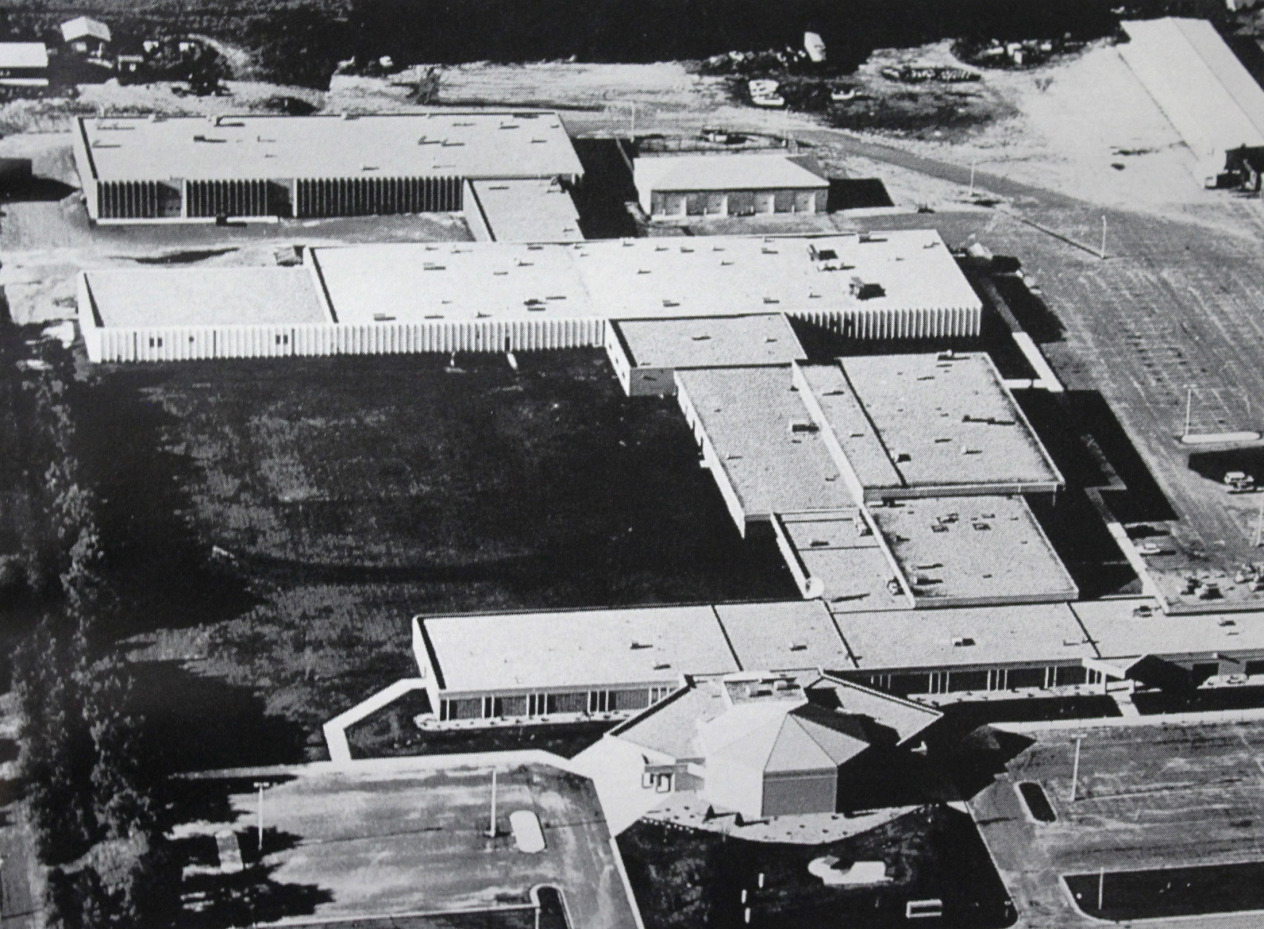Title
Course Descriptions
Body
Sections
Filters
Credits:
3 (2/1/0)
This course introduces basic surgical pharmacology. Topics include drug classification, therapeutic effects, side effects, interactions and dosage calculations.
Credits:
6 (3/3/0)
This course expands students' knowledge of the role of the surgical technologist in an operating room. The course considers procedures in the orthopedic, oral maxillofacial and ophthalmic systems, building on a foundation of patient care related to these body systems. Concepts of surgical hemostasis, wound healing and wound closure in the perioperative phases are introduced. The laboratory portion of this course presents foundational skills necessary for clinical practice in a surgical environment in the role of the surgical technologist.
Credits:
3 (3/0/0)
This course introduces the learner to human disease processes that prompt surgical intervention. Relationships between cell pathology and disease will be examined. Disorders that disrupt homeostasis and surgical considerations will be presented. Surgical pathologies of the human body will be illustrated.
Credits:
4 (4/0/0)
This course continues to expands the student's knowledge of the role of the surgical technologist in the operating room. The course considers procedures of the lymphatic, circulatory, vascular and nervous systems, building on the foundation of patient care relating to these body systems in the different perioperative phases.
Credits:
6 (0/0/6)
This course allows the student to practice the role of the surgical technologist under supervision in an active surgical setting.
Credits:
6 (0/0/6)
This course, Surgical Clinical II, introduces the student to patient care in an operating room in the role of surgical technologist.
Credits:
3 (3/0/0)
This course introduces students to social welfare and social work, including fields of practice, institutions, populations served, special issues and an introduction to some social work methods and theories. A general historical and contemporary overview of the profession is provided, including its values, ethics, methods, multiple settings and a beginning use of system theory.
Credits:
2 (2/0/0)
This course is designed to introduce the student to the science of nutrition and the study of food nutrients and other substances, their action, interaction and balance. Special emphasis is placed on the interrelationship between diet, nutrition, health and disease.
Credits:
3 (2/1/0)
This course provides students with an in-depth knowledge of massage techniques. Emphasis will be on the application of the basic massage stokes and their variations. Students will learn proper draping and positioning techniques and recommended client protocol. In regards to ethics, a variety of topics will be discussed and explored in order to help the students form their own written code of ethics.
Credits:
3 (2/1/0)
This course teaches students to identify the location and movements of skeletal muscles. Students will identify bones and boney landmarks. They will learn muscle origin and insertion using specific boney landmarks as points of anatomical reference. They will learn directional terms and terms of movement. Students will learn to identify and describe the movement of each muscle.
Credits:
2 (1/1/0)
This course introduces students to a variety of specialized modalities of massage. Specialization in the massage industry increases the marketability of therapists and is strongly recommended. Students will be familiar with the basic principles of each modality presented. In addition to lectures presented by the instructor, students will be responsible for researching modalities of particular interest to them.
Credits:
2 (1/1/0)
This course prepares massage students to execute advance massage techniques. Students will learn optional techniques available to clients including abdominal massage, facial massage and massage of the gluteals. Massage for special populations will be discussed, including massage for the elderly and chair massage.
Credits:
2 (1/1/0)
This course prepares the massage student to apply deep muscular therapy techniques. Emphasis will be placed on the use of proper body mechanics and the use of proper techniques to deliver deep tissue massage safely. Trigger point therapy will be used extensively in this course. Students will learn the use of massage tools. Individual muscles will be isolated and massaged with parallel and cross fiber techniques.
Credits:
3 (0/3/0)
This course provides students with an opportunity to develop the practical skills necessary to administer professional massage therapy treatments. In addition to performing massage treatments on the general public, students will also perform seated chair massage at scheduled on-site events as arranged by the instructor. This course provides students with an opportunity to develop the practical learned skills needed to work as a professional massage therapist.
Credits:
2 (2/0/0)
This course is designated to prepare the students to take the National Certification Examination (NEC) issued by the National Certification Board of Therapeutic Massage & Bodywork (NCBTMB). Students will review anatomy, physiology, kinesiology, clinical pathology, massage theory, massage assessment and practice, adjunct techniques and business practices. Students will be taught to identify the areas where they need the most review and use outside texts to help them maximize their learning potential. A study guide and sample test questions will be used to exemplify the National Certification Examination. Students will be encouraged to apply to take the National Certification Examination after they receive their diploma.
